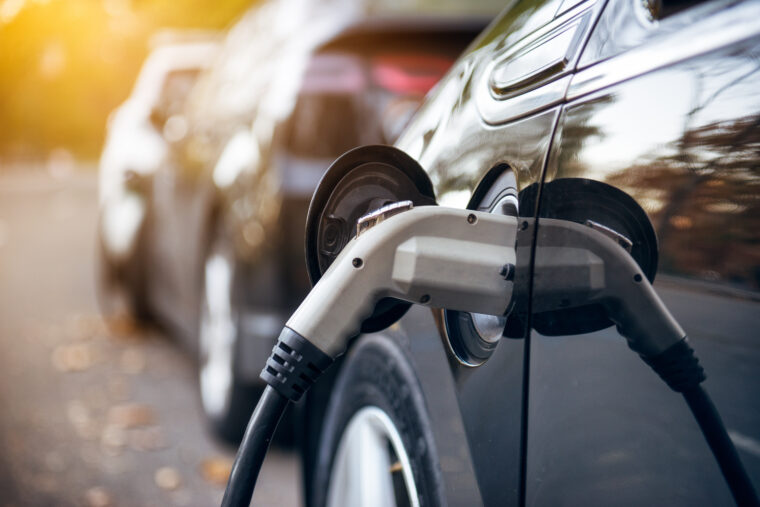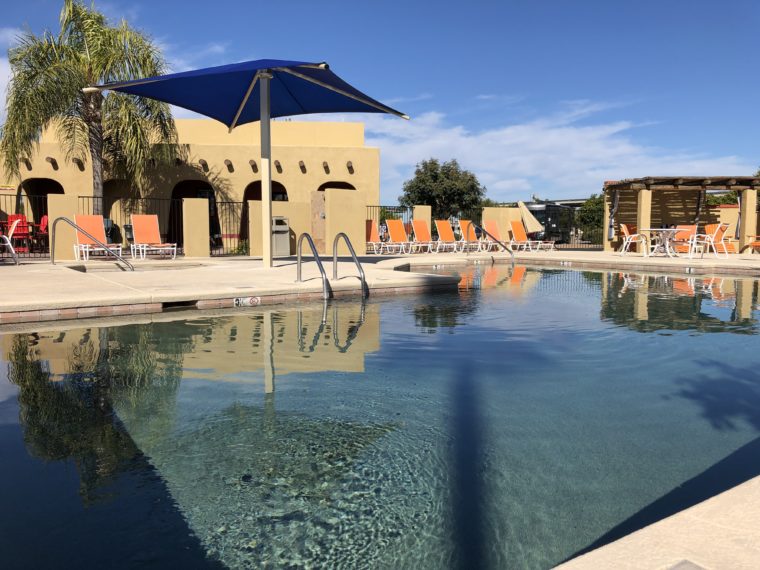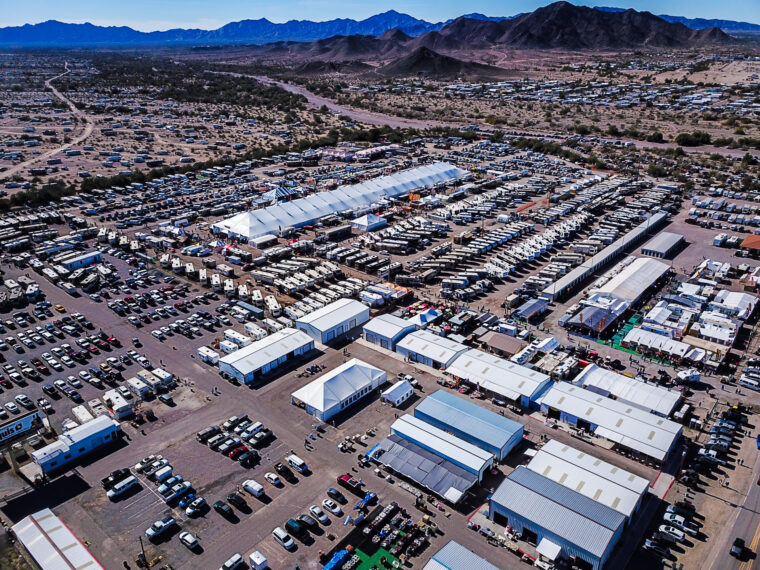Those with an electric vehicle (EV) already know the fringe benefits that come with owning an EV: carpool lane access, federal and state tax incentives, the quiet ride, and nearly non-existent maintenance costs. But is it possible to take a road trip with an EV? The short answer, yes. More and more state and national parks are EV-friendly with amenities such as dedicated charging stations that you can easily find with apps or your onboard navigation system.When towing or camping with an EV, options open up even further as any campsite with electric hookups enables you to charge before embarking on your next adventure.
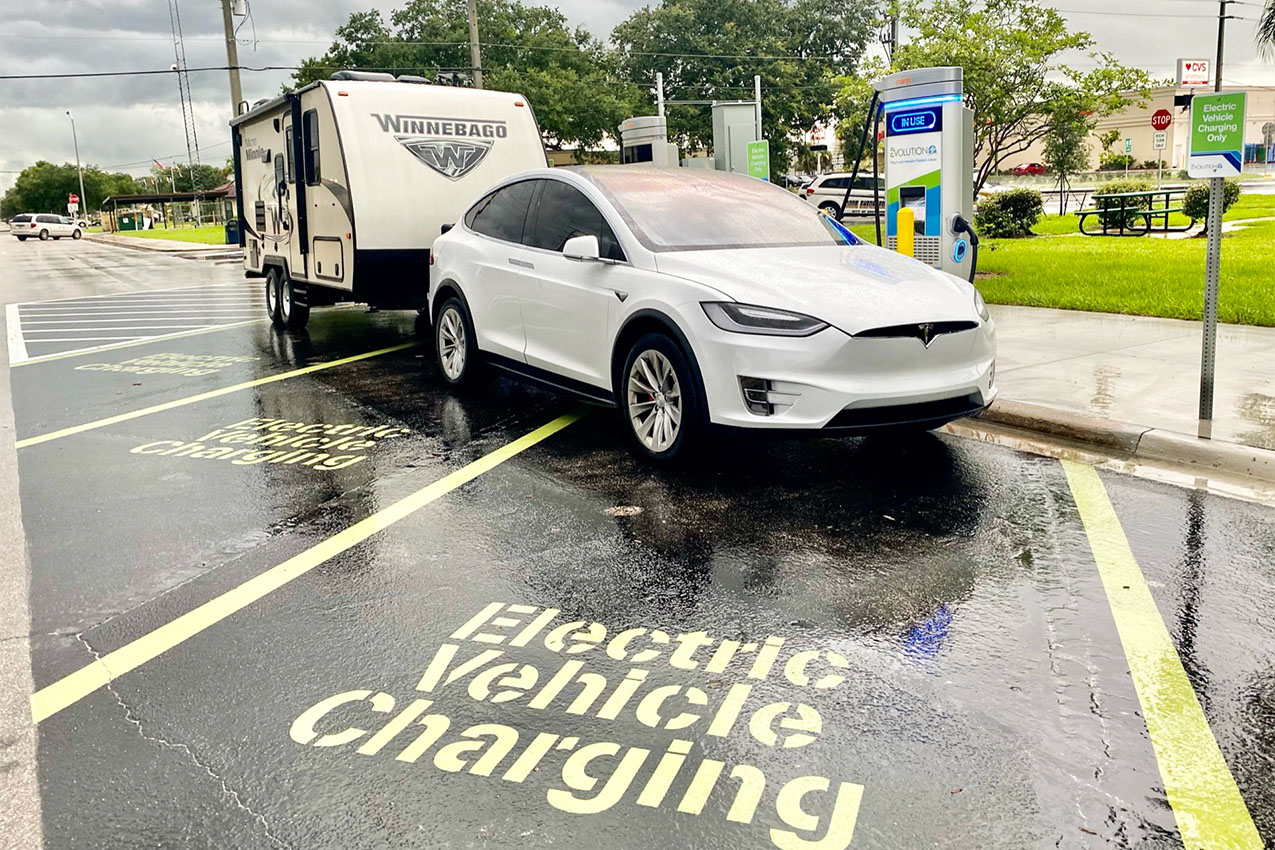
Photo by: Brian and Becca Roy
Growing Infrastructure Gets You Farther
Not long ago, you would be limited to travel in certain regions of California or other major metropolitan areas in order to find charging stations for your EV. Charging station infrastructure exploded in the 2010s with Tesla leading the way. Followed by a number of third-party companies, charging station options have increased tenfold since we purchased our first EV in 2013.
As more partnerships develop between private companies and state and national park systems, what was once an unattainable feat is now easily accessible. In 2017, BMW North America partnered with the National Park Foundation, the National Park Service, as well as the Department of Energy to donate and install 100 charging stations in and around national parks. This includes Big Cypress National Preserve, Cape Cod National Sea Shore, and Death Valley National Park. With new charging stations added to the already growing network, the great outdoors is even more accessible to EV drivers.
Where Can I Go Camping With My EV?
With more efficient motors, large battery packs, and increasing capabilities, you can easily camp, or bring along a towable with your EV. The best part about camping or towing with your EV—besides not having to worry about the mechanical strain on your vehicle—is that any campsite with electric hookups can become an EV-friendly location. Our Tesla Model X comes with a portable charging cord and adapters that enable us to charge just about anywhere there’s electricity.
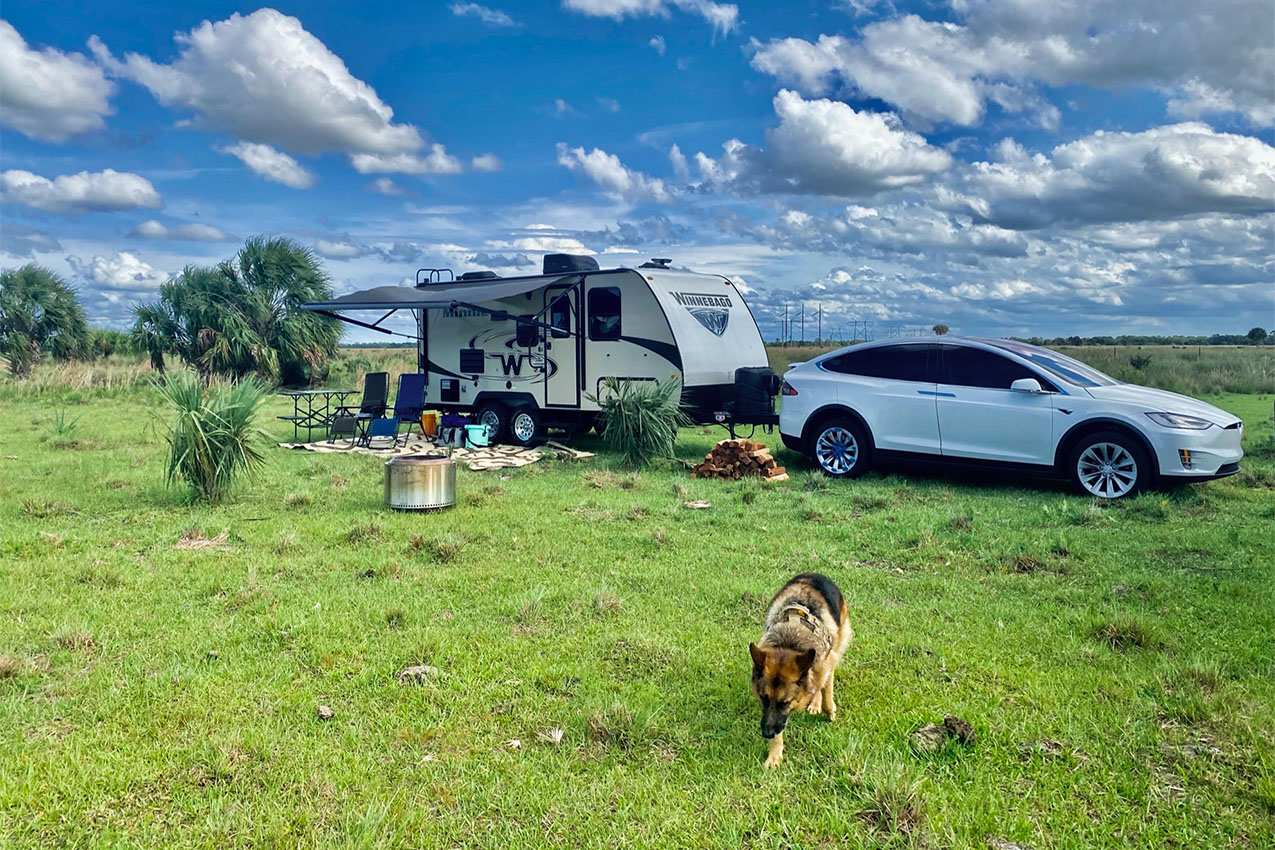
Photo by: Brian and Becca Roy
Planning Makes It Possible
We camp everywhere from the middle of a cow pasture to boondocking on state land to amenity-laden KOAs. Just like any camping trip, a level of planning is needed whether you’re towing with an EV or just visiting a campground for the night.
When camping with an EV you need to of course plan for electricity; you need to consider if it’s available on site, the amperage, and the length of your stay.
Boondocking is a more difficult camping excursion when camping with an EV, but still possible. In fact, the majority of our camping experiences have been boondocking without an external source of electricity. Utilize your car’s onboard navigation or third-party apps such as PlugShare and Roadtrippers to locate charging stops along the way. It’s also important to estimate your battery capacity upon arrival.
We usually charge at the nearest charging station to our final destination. Depending on the distance, it dictates how much charge we need. The further away, the higher percentage of charge we need to ensure we can drive to the site and back to the station on the return.
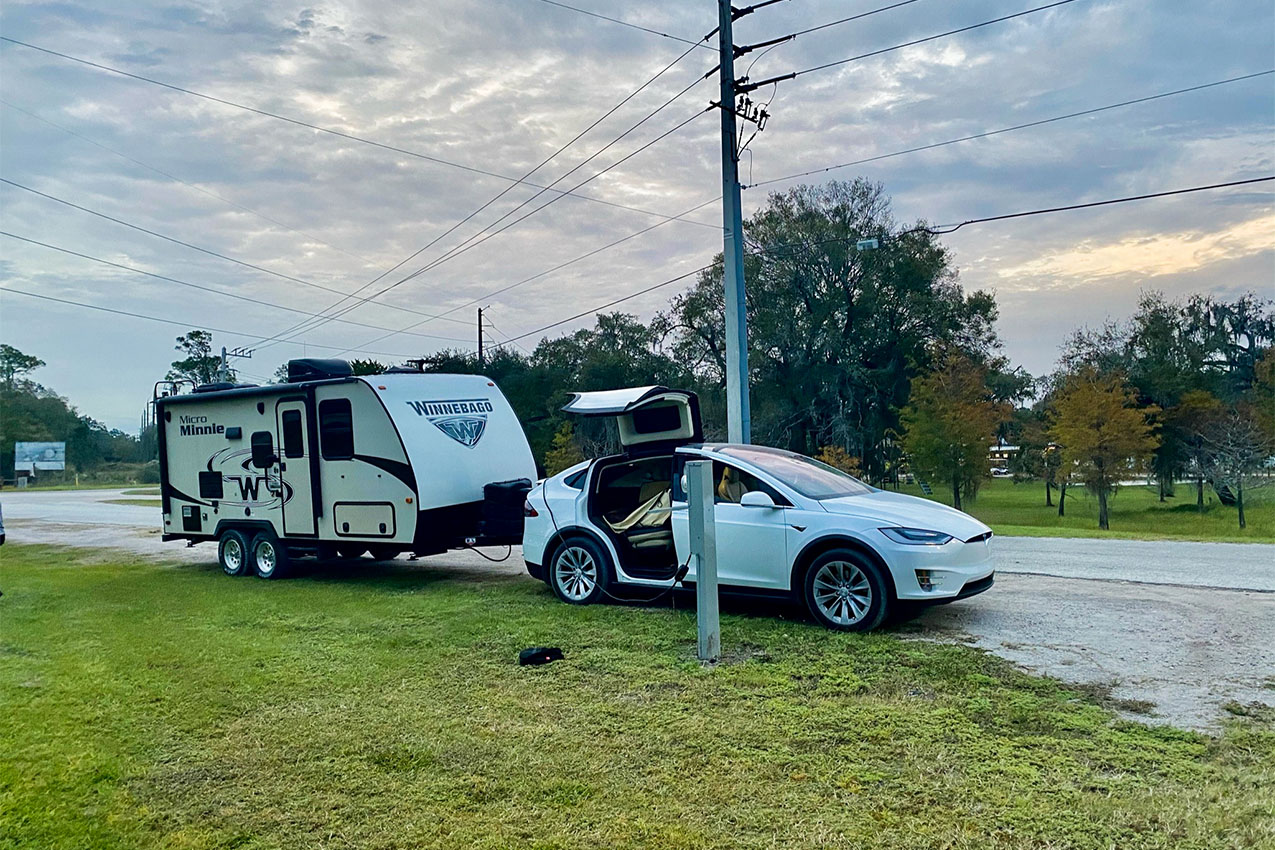
Photo by: Brian and Becca Roy
While it’s rewarding to be self-sufficient when boondocking, it’s comforting to have the option of plugging in. When choosing a campsite, it’s important to know if a site has a 30 amp hookup, 50 amp hookup, or both.
Our rig uses 30 amps, which allows us to charge our vehicle utilizing the 14-50 adapter that came with our Tesla off of a 50 amp outlet. The 50 amp hookup provides roughly 8kW per hour for our vehicle, so it can fully charge overnight.
If we have a 30 amp hookup then we have to choose between charging the EV or running the camper. We typically spend 2 to 3 nights at any given campground, which provides a few options: We can charge the EV off a regular wall outlet for the entirety of the trip, which gives a full charge by our departure, or we switch between charging the car or running the camper, depending on the time of year.
We have yet to come across a campsite with a dedicated EV charger, but that may be changing. Michigan’s governor announced an initiative to install charging stations at state parks and campgrounds, among other locations in the state, and two campgrounds in New York’s Adirondacks region recently installed chargers. While having dedicated EV chargers at campgrounds is convenient, it’s not necessary if you travel with compatible adapters.
Camping and towing with an EV is not as far-fetched as you might think—it just requires some planning. As infrastructure grows and more parks and campsites offer onsite charging, RVing with an EV will only become more accessible.

